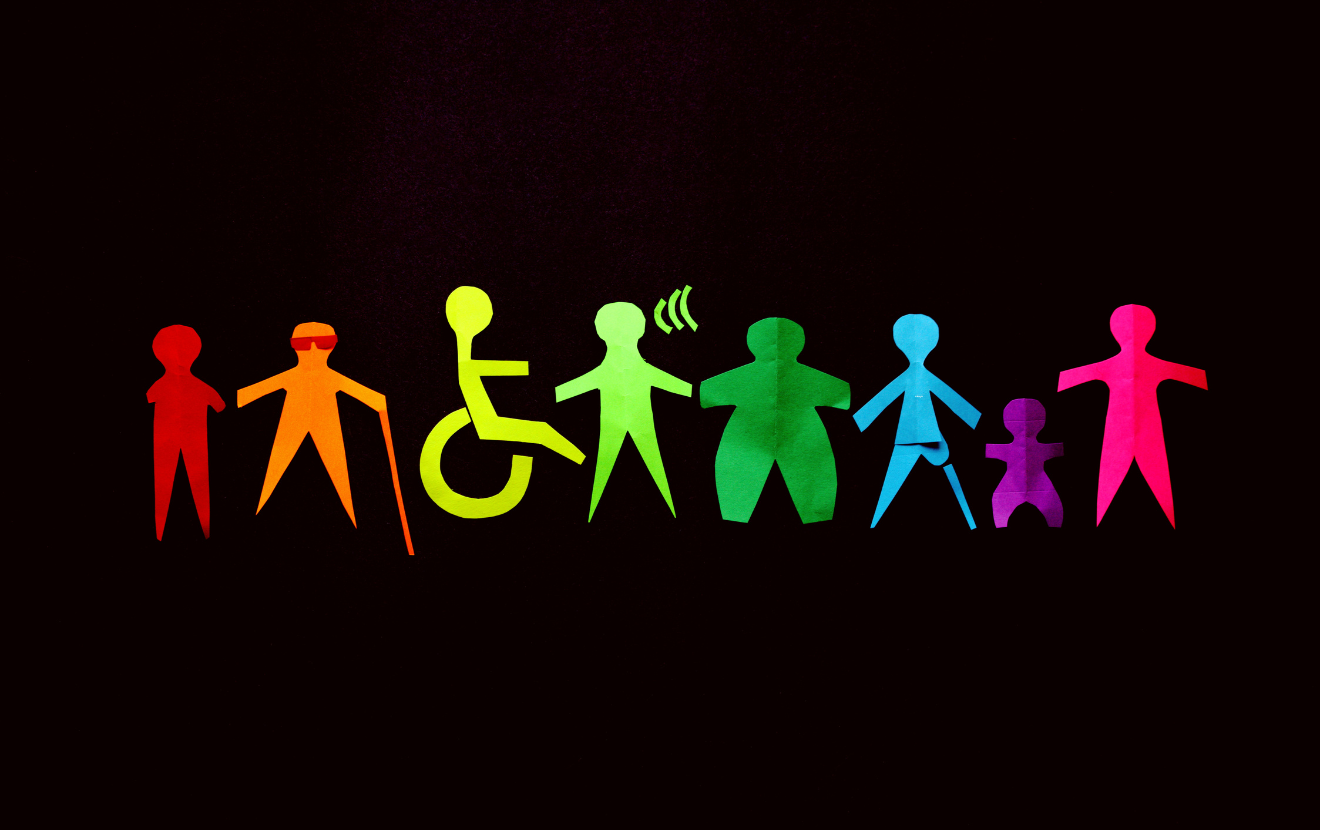Picture this: A young preschool teacher named Wendy is crying. She can’t afford the repair cost to fix her car, and public transportation has been erratic, which was making her late to work. She’s losing her job, which she loves dearly.
Wendy was let go because she couldn’t afford to fix her car.
I was shocked by this turn of events unfolding before my eyes because Wendy was my son’s preschool teacher. I knew there had to be a better way to get a short-term infusion of cash into the hands of average Americans like Wendy, who need a little hand-up. Microloans are not mere loans; they’re lifelines for these borrowers.
Financial unwellness
Peering into 2025, it’s plain to see the impact the last few years have had on peoples’ financial wellness across the board, but especially the average Joe or Jane. The average salary in the U.S. exceeds $60,000, yet as the middle class is being squeezed out, we see more and more people struggling financially. Payroll.org’s 2024 study, Getting Paid in America, found that 77% of Americans live paycheck-to-paycheck.
Stories like Wendy's put a face to that 77%.
Like Wendy, many could not sustain their families following a financial blow. They frequently turn to high-cost payday lenders or other predatory alternatives. However, your members could turn to their credit union for fast cash in a pinch with the right tools and models in place.
Give credit where credit is due
Many young people have nonprime credit scores, which are often due to a lack of credit history rather than a bad one. That alone can knock credit unions out of the running as their financial services provider of choice. Competitors like Dave and Chime are happy to take those customers and fulfill their needs—without fees.
Credit unions are ideal for young consumers who want microloans served with a side of financial counseling. Our research found that these members are 29 years old and earn an average of $44,781, well below the national average. The vast majority also come from nonwhite neighborhoods. They’re employed; they just need someone to take a chance on them.
Salus partnered to conduct foundational testing in which all loans were approved. Then, we studied the demographics and default rates. Using alternative risk scoring, we reduced default rates in the top 20% of borrowers by 75%, even though they had credit scores below 600. A credit score is merely a snapshot in time, but looking over a more complete picture of a borrower’s financial status can provide credit unions with a sound and highly profitable microloan portfolio.
Serving credit unions’ mission
By considering member financial stress scoring alternatives, credit unions can better fulfill their mission to the historically vulnerable while also improving their services to attract more millennials and Gen Z. Place your credit union top-of-mind with these borrowers. Provide additional information and resources to help these young teachers and nurses build credit, saving members thousands down the road and setting a foundation for financial stability.
The average credit score of borrowers from our study was 557. Hardly any legitimate lenders will provide credit to these members despite our finding that 95% of microloan borrowers who successfully paid back their loans had subprime credit scores. Fintechs are happy to pluck credit union members up, and they could be gone from the movement forever.
Dave, a multi-billion dollar fintech that added more than 2 million Gen Zs and millennials as members in 2024, observed that its offering access to microloan credit to attract and retain younger members: “We differentiate by first addressing members’ most crucial need—liquidity—and then building long-term banking relationships.” Attracting younger members must be very strategic and intentional or it will fail. We can’t let that happen.
We can’t let more young, promising teachers like Wendy lose their jobs for lack of a few hundred dollars. Fintechs, like Salus, that work with credit unions rather than compete with them can enable credit unions to look beyond credit scores to identify other indicators of willingness and ability to repay, thus helping these borrowers resume their journey toward financial stability.







